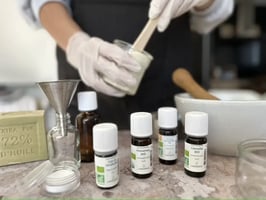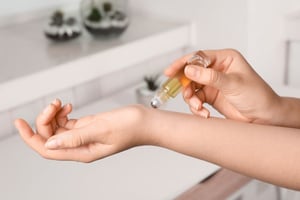Iris pallida: extraction and perfumery applications
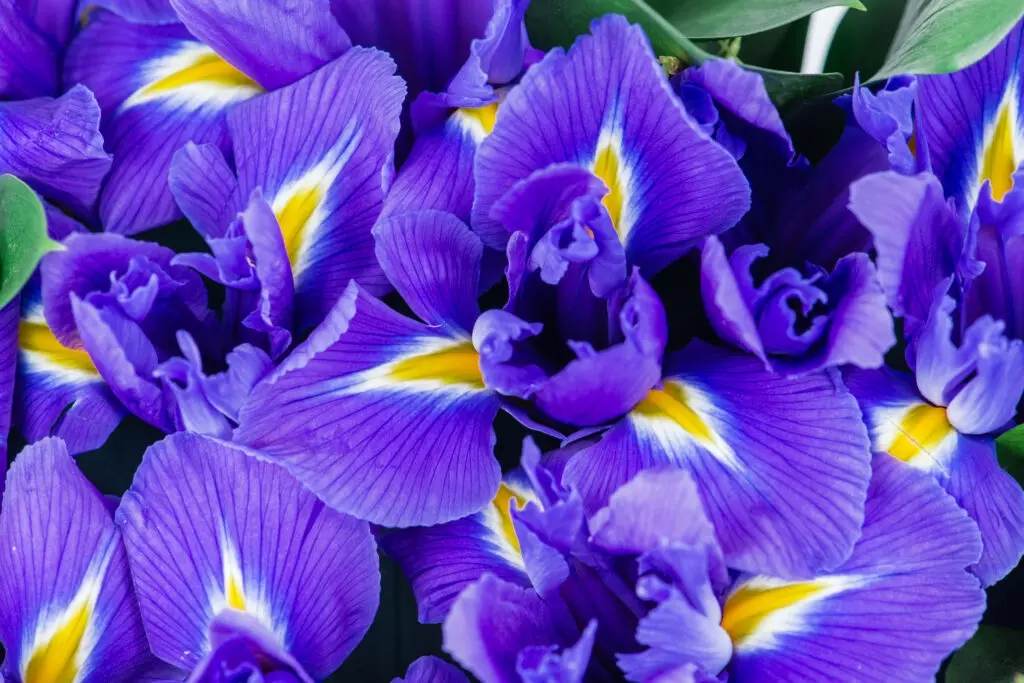
January 31, 2023
Iris pallida, fascinating and timeless!
This plant with its elegant, racy flowers conceals a hidden treasure. From its fleshy underground stem, the rhizome, is extracted a subtle, tenacious violet-like scent, sublimated by powdery, woody accents. Brought by Catherine de Médicis to the court of Louis XVI, this aristocratic flower is a precious raw material, the most luxurious in perfumery.
A real hidden treasure!
It's not the sublime flower itself, but the underground part of the plant that conceals an olfactory treasure trove. In early summer, when the flowers have already dried, this treasure is unearthed.
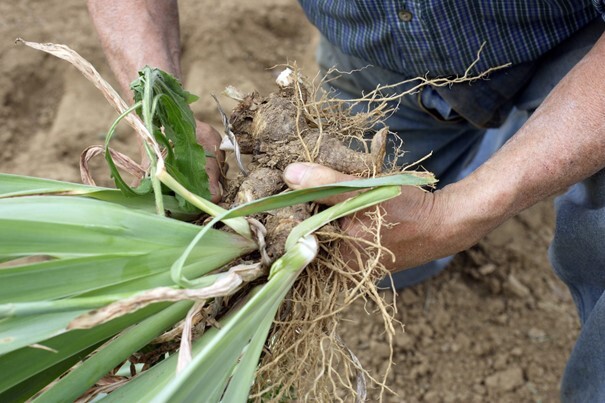
Landema - Groupe Biolandes
The twisted, misshapen rhizomes contain an incomparable wealth of fragrance, the precursors of irones, the powerful natural molecules that make up the Iris note.
It takes three years from planting to harvesting the first rhizomes. Patience is the key to quality. Regular hand weeding is necessary to allow the plant to draw on the richness of the soil. After harvesting, most of the rhizomes will be used, while a small proportion will serve as cuttings for future plantings.
It's hard work and years of waiting!
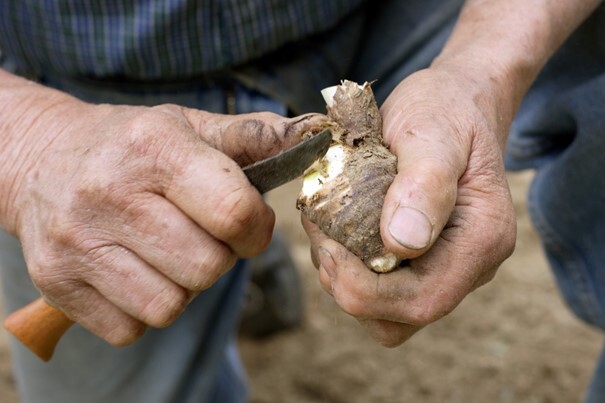
Landema - Groupe Biolandes
Planting, weeding, digging up rhizomes... the human hand is indispensable for harvesting this buried treasure! In Italy, mechanization was hardly possible on these small, often enclosed, sloping areas. Once out of the ground, each plant is stripped of its roots, then the rhizomes are peeled off one by one using the "roncolino", a small traditional knife.
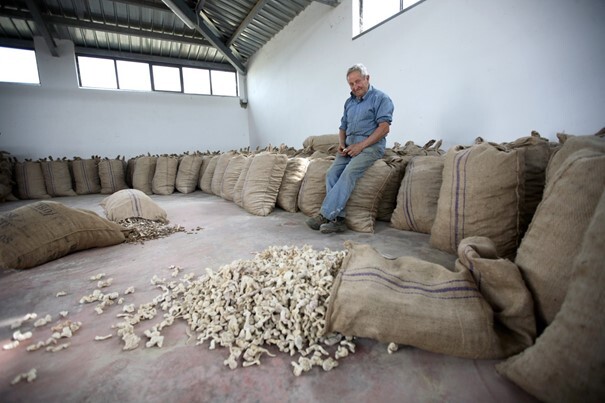
Landema - Groupe Biolandes
First dried in the sun, then packed in jute sacks, the rhizomes are stored under cover for 2 to 3 years to allow the fragrance to develop.
The quantity of irones determines the value of the extract: to date, the reference standard remains Iris pallida from Italy, with 0.4 g of pure irones per kg of dry rhizome. The irone content and the distribution of its various isomers characterize the provenance of irises and distinguish their origin. Iris pallida produces the most elegant and subtle essential oil of all!
Iris pallida essential oil is also known as "iris butter" because of its solidified, butter-soft appearance.
Les Landes: A new land of adoption for Iris pallida
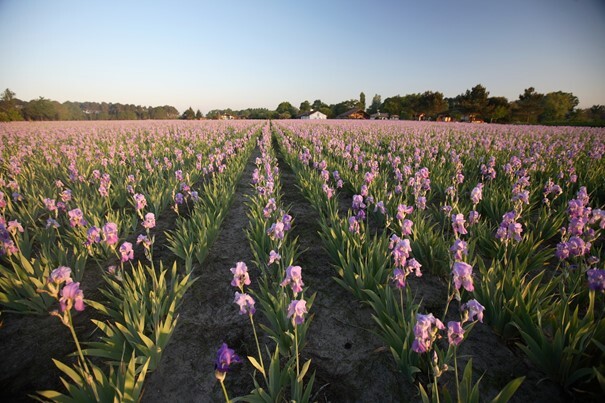
Landema - Groupe Biolandes
In south-west France, in the Landes de Gascogne forest, the Biolandes Group is reinventing iris cultivation, in partnership with the Maïsadour agricultural cooperative. Together, they are developing this new crop in a land traditionally dedicated to corn.
It took a dozen years of research before the first 100% Landes Iris pallida extract, comparable in quality to Italian iris, was produced in 2005! No limestone soils, but sandy, flat soils that lend themselves ideally to the cultivation of rhizome plants such as iris.
An innovative ripening process!
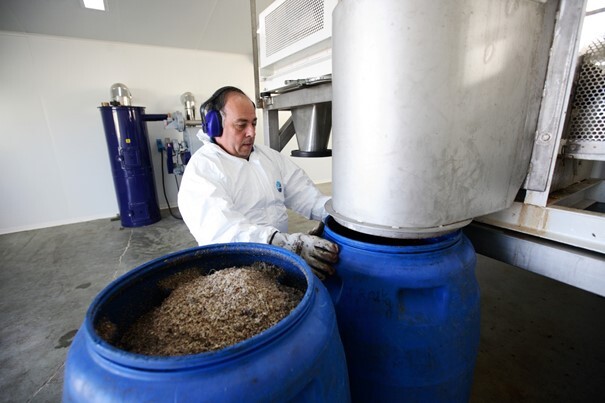
Landema - Groupe Biolandes
Thanks to a natural process of their own, fresh rhizomes "dry" in a process in which the precursors are transformed into irones. In just a few hours, as opposed to the usual 2 to 3 years of drying, the iris is ready to be loaded into the still!
By developing an original rhizome treatment process, the Biolandes Group has acquired know-how in the production of iris extracts, guaranteeing consistent quality at controlled prices.
Iris pallida butter with 15% irone content is now available from Landema , a subsidiary of the family-owned group.
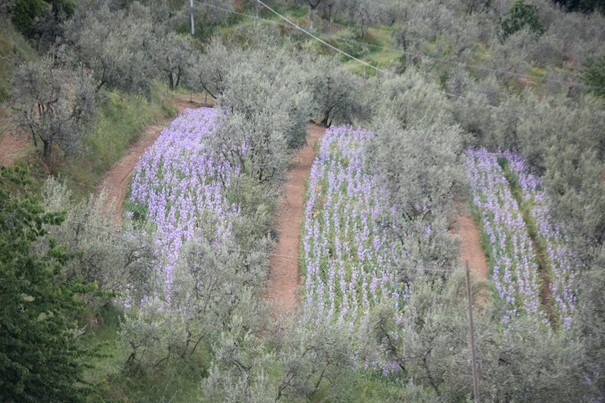
Landema - Groupe Biolandes
Our production site in Le Sen values all origins, and with Landema we are highlighting the exclusive product of Iris pallida butter "Made in Landes", in order to promote our products. Made in Landes", to make this exceptional product accessible to all - that's our mission!

